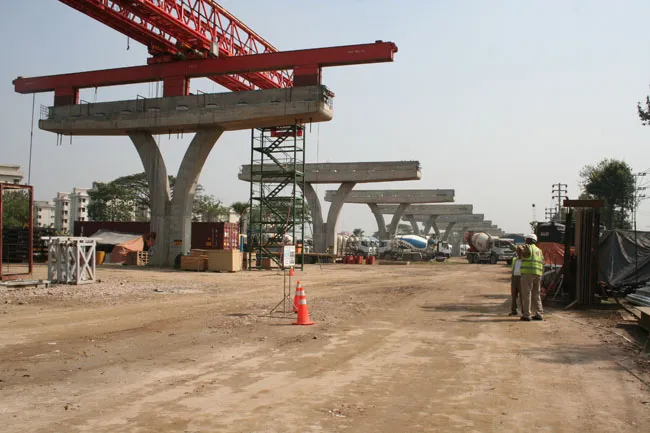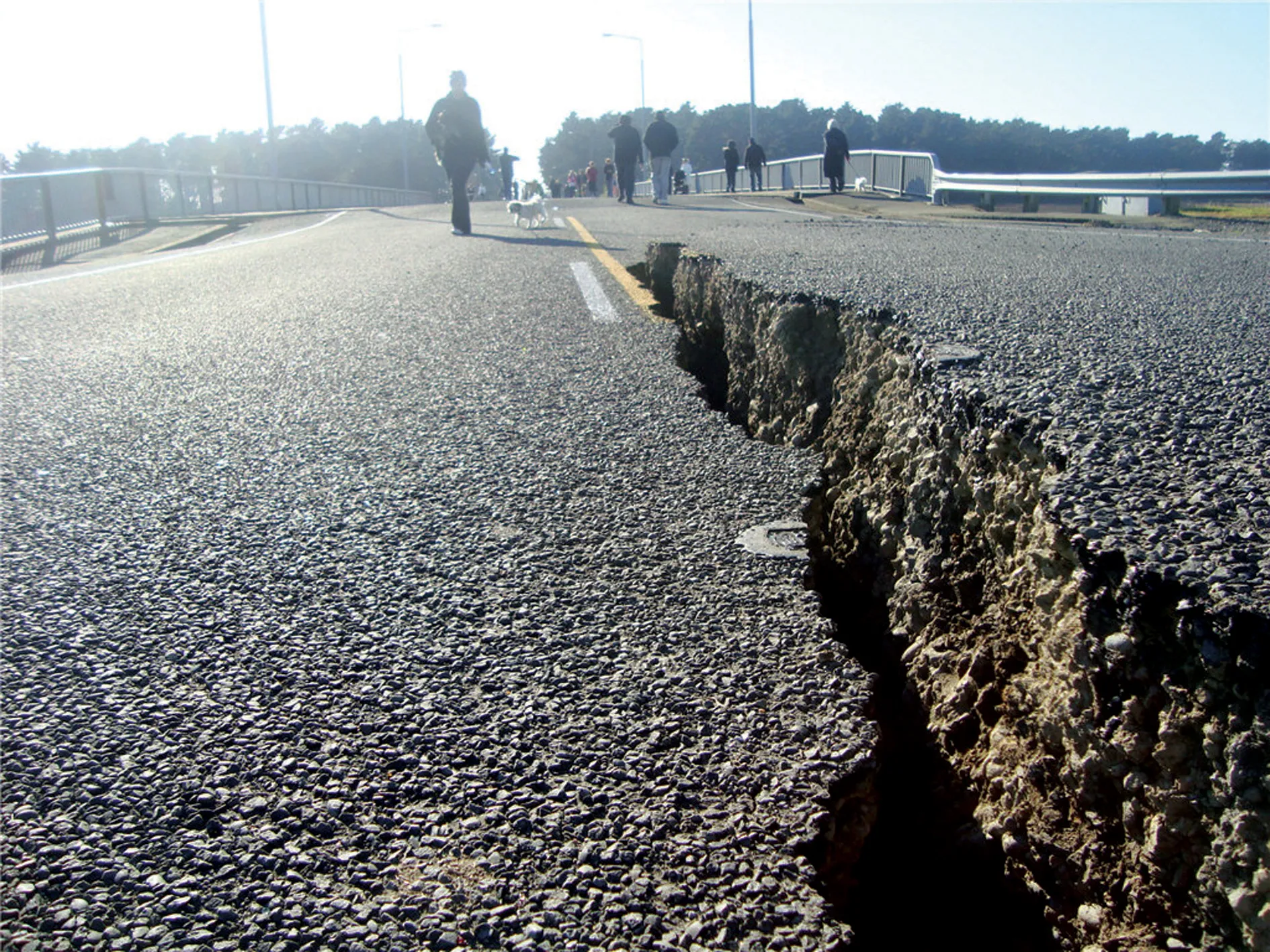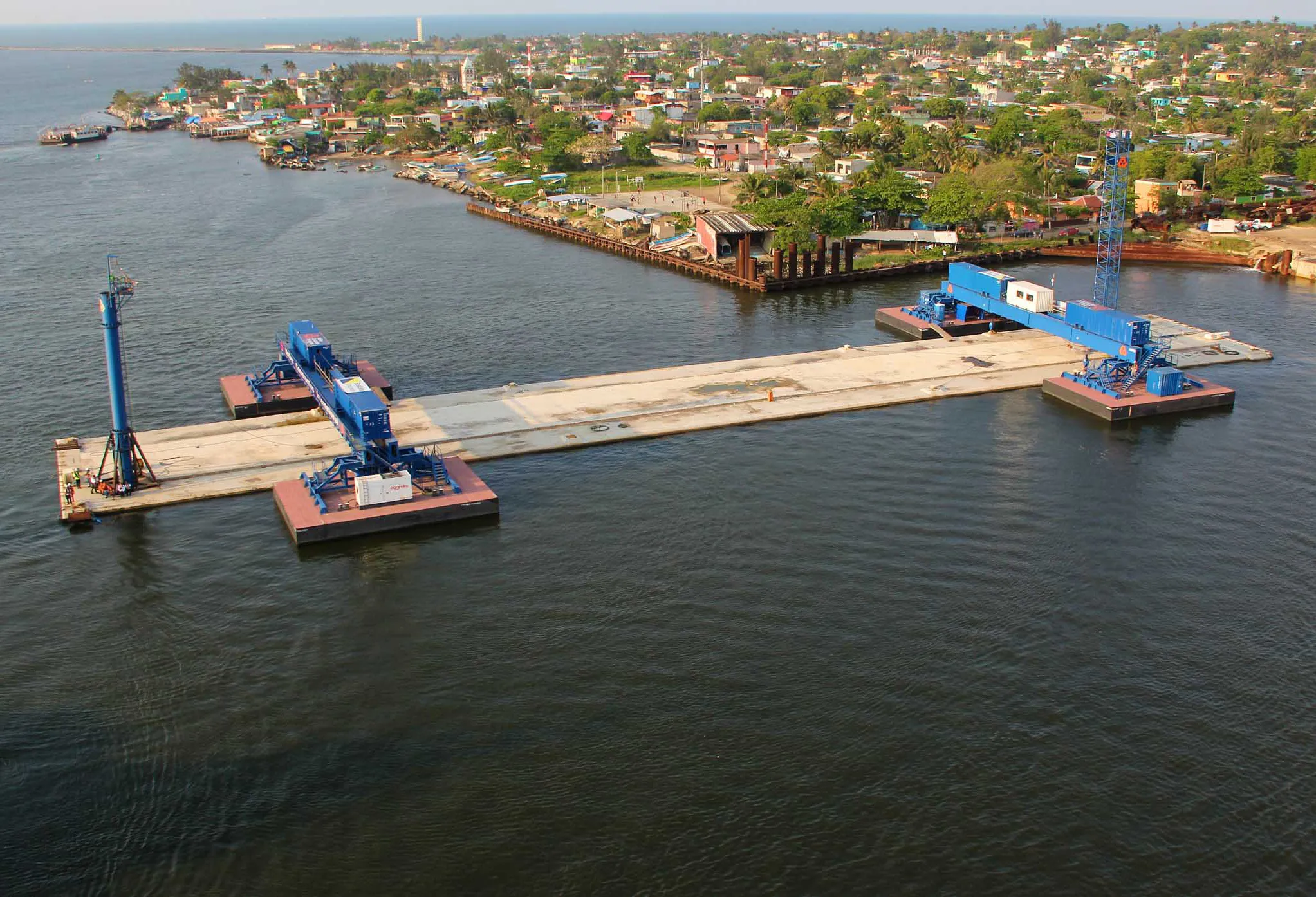Some US$15.6 million in federal emergency funds is being made available to Washington State to help repair the Interstate 5 bridge over the Skagit River, which collapsed on May 23rd 2013. The funds were released by US Transportation Secretary Ray LaHood. A section of the four-lane bridge, located around 100km north of Seattle, collapsed into the water, disrupting travel in both directions. This funding follows $1 million in quick release emergency relief provided the day after the collapse. The Washington
June 19, 2013
Read time: 2 mins
Some US$15.6 million in federal emergency funds is being made available to Washington State to help repair the Interstate 5 bridge over the Skagit River, which collapsed on May 23rd 2013. The funds were released by US Transportation Secretary Ray LaHood. A section of the four-lane bridge, located around 100km north of Seattle, collapsed into the water, disrupting travel in both directions. This funding follows $1 million in quick release emergency relief provided the day after the collapse. The 914 Washington State Department of Transportation (WSDOT) will use the funds to build a new replacement span. In the interim, WSDOT continues to operate detours and is building a temporary bridge. When the new replacement span is complete, WSDOT will remove the temporary bridge and install the new span. The bridge carries around 71,000 vehicles/day and is a major commercial route between Washington and neighbouring Canada. Approximately 11% of the vehicles are trucks transporting goods between the two countries. A full report into the bridge collapse has yet to be completed but questions remain as to whether the incident was caused by an over-height vehicle that struck a key structural member, causing sufficient damage for the section of the bridge to give way. The bridge also faces questions over the bridge’s long term future. This type of structure is no longer considered suitable for the traffic volumes and types of vehicles it is expected to carry.








